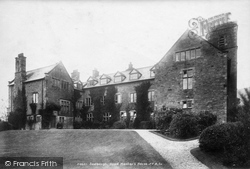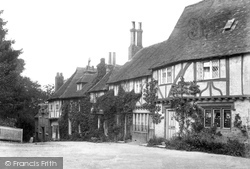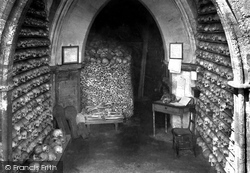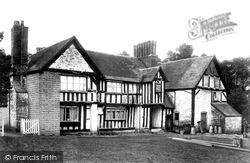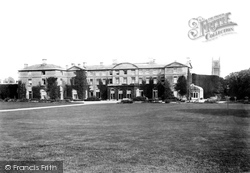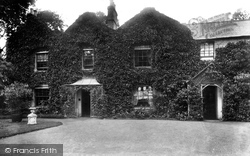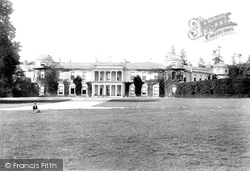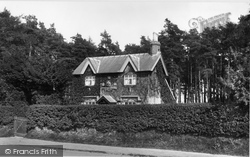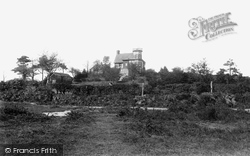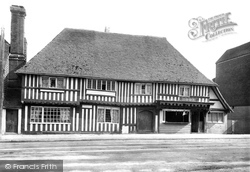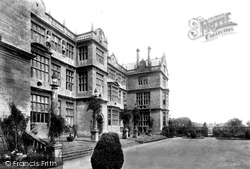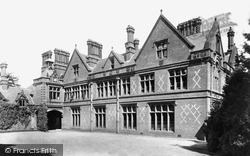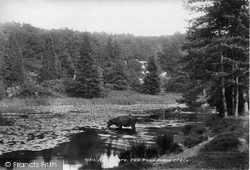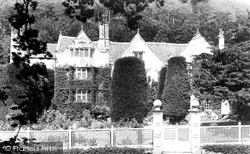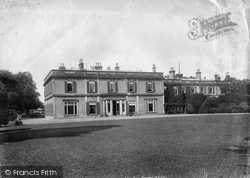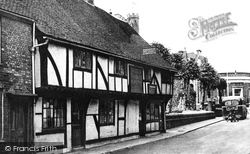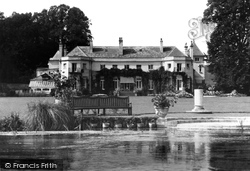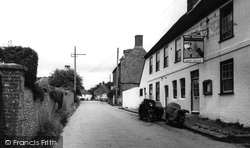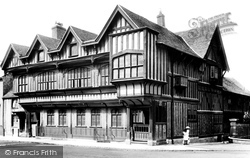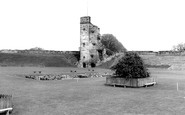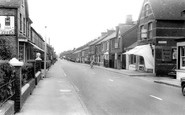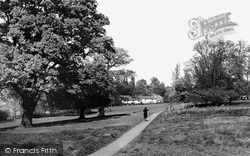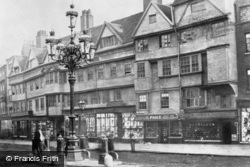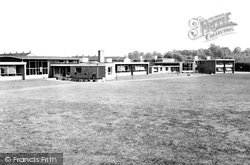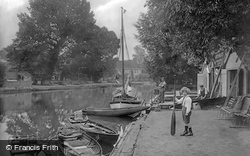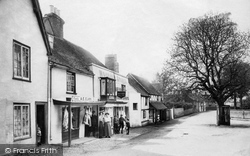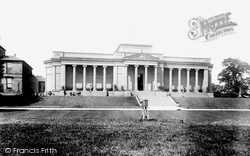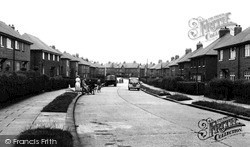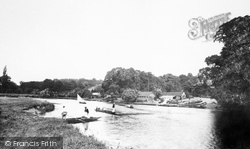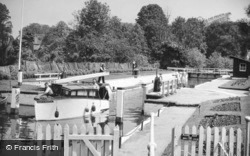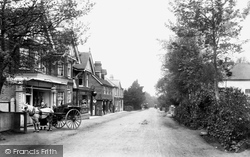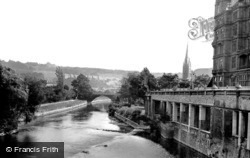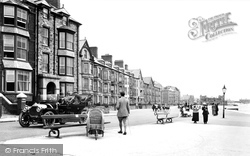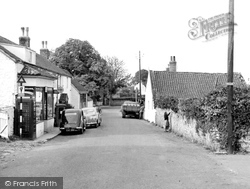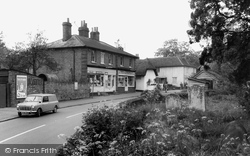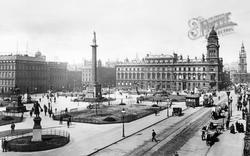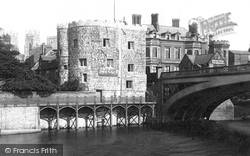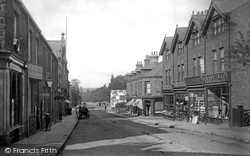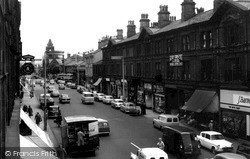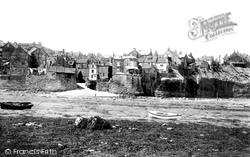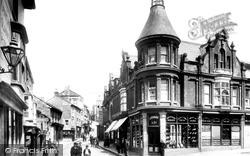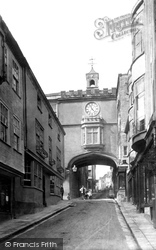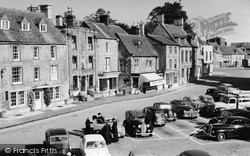Places
36 places found.
Those places high-lighted have photos. All locations may have maps, books and memories.
- Chatsworth House, Derbyshire
- Osborne House, Isle of Wight
- Brambletye House, Sussex
- Ickworth House, Suffolk
- Kingston Lacy House, Dorset
- Boscobel House, Shropshire
- Preshute House, Wiltshire
- Bolton Houses, Lancashire
- Brick Houses, Yorkshire
- Quaking Houses, Durham
- Water Houses, Yorkshire
- Bottom House, Staffordshire
- New House, Kent
- Mite Houses, Cumbria
- Lyneham House, Devon
- Church Houses, Yorkshire
- Dye House, Northumberland
- Spittal Houses, Yorkshire
- Street Houses, Yorkshire
- Tow House, Northumberland
- Halfway House, Shropshire
- Halfway Houses, Kent
- High Houses, Essex
- Flush House, Yorkshire
- White House, Suffolk
- Wood House, Lancashire
- Bank Houses, Lancashire
- Lower House, Cheshire
- Marsh Houses, Lancashire
- Chapel House, Lancashire
- Close House, Durham
- Guard House, Yorkshire
- Hundle Houses, Lincolnshire
- Hundred House, Powys
- Thorley Houses, Hertfordshire
- School House, Dorset
Photos
7,776 photos found. Showing results 2,901 to 2,920.
Maps
370 maps found.
Books
1 books found. Showing results 3,481 to 1.
Memories
10,360 memories found. Showing results 1,451 to 1,460.
Living At Manor Farm
My family and I lived at Manor Farm from the early 1970s into the 1980s. My father worked on the White family farm and the farmhouse came with the job. Although I felt isolated at times, it was a magical place to grow up, ...Read more
A memory of Teversham in 1974 by
Our New House
I grew up in 18 church street until 1955/6, when we moved to 69 Holts Lane it was a brand new house at the time, then in 1962 "I was adopted", and we moved to 47 field avenue Hatton also a brand new house, a new 'name' for me, my ...Read more
A memory of Tutbury in 1955 by
Cement Works Holborough Road
I too went to Holmesdale secondary, it was called Snodland Secondary when I first went there. My Dad and Grandfather, Peter and Henry Buss both worked as lorry drivers at the cement works and we lived in a factory house ...Read more
A memory of Snodland in 1964 by
My Army Day,S
I was a National Service Concript , January 1947 . ( Coldest Winter for years ) . I was posted to Lydd camp with the 30th Light Ack Ack , Regiment Royal Artillery . 18yrs of age . When I saw Romney Marsh on the Postings Board . I was quite ...Read more
A memory of Lydd in 1947 by
Coronation Year At Cresswell
The actual day of the Coronation it rained, not only in London but also at the village of Cresswell, home of my mother's family for several Centuries. The rain didn't bother us as we spent most of the day in the house ...Read more
A memory of Cresswell in 1953 by
What A Shop!
I, too, remember Birkheads with great affection though in rather earlier times. I was born in what is now called "Ashby House" which is being converted from an office building into a restaurant and flats but which then was the ...Read more
A memory of Walton-on-Thames in 1930 by
Brentford
What wonderful memories of Brentford. My name was Dorothy Pearce I lived in Netley Road with sisters Beryl and Hazel and brothers Richard and Philip. My Nan lived in Potteery Road next door to Edie Joyce. The Shepherds lived opposite ...Read more
A memory of Brentford in 1943 by
Emerson House, Bishop Auckland
This is not my memory but a place where my partner's grandmother and/or mother were, I believe, living at one time, which could have been in the late 40's early 50's. The name of the building was Emerson House, ...Read more
A memory of Butterknowle by
Visiting Grandma
as a young girl I spent time at lane side visiting my grandma smith who lived at no 21smy auntie sarah also live at no 17 with my cousins tommy and Christine in the school holidays we also played with the Kershaw girls at the big ...Read more
A memory of Queensbury in 1953 by
Hillcross Avenue
I was born at 163, Hillcross Avenue in 1946. Went to school over the road from my home just behind the alleyway behind my grandparents house opposite (Dwyers) Hillcross Primary School. I loved to run (no not from the school!) but on ...Read more
A memory of Morden in 1946 by
Your search returned a large number of results. Please try to refine your search further.
Captions
6,977 captions found. Showing results 3,481 to 3,504.
The manor house (known by locals as 'The Palace') was an E-shaped building facing north. The ground floor comprised a hall, a parlour, a buttery and a kitchen.
It was once the meeting place for wool merchants with a custom house where wool dues were collected.
At first, Basildon's schools were insufficient to house the surge of New Towners. For some of the primary-age children, there were places in existing schools at Vange and Pitsea.
In many villages in Kent are the great gardens and oast-houses devoted to the growing and processing of the hop, which gives beer its taste.
The banks of the Yare are thick with chestnuts and willows, and pleasure boats and dinghies glide through smooth waters between fine old houses. Thorpe is now almost a suburb of Norwich.
Although the medieval manor house of the D'Eyncourt family was demolished in the 1920s for road widening, the fine parish church remains.
Behind the courts was the county prison, housing 800 male and 600 female prisoners. The prison was for its day a state-of-the-art secure establishment, with wings radiating out from a central block.
Weston Park also houses the City Museum and the Mappin Art Gallery. The museum contains a collection of cutlery dating from the 16th century and the world's finest collection of Sheffield plate.
Manor Road would not win any architectural awards; in fact, the picture could have been taken in any one of a hundred or so towns where similar houses were built.
The central trees hide Wargrave Manor with its parkland; further along the bank there are now a number of larger Edwardian and later houses.
The lock is only accessible by water, for it is cut off from Whitchurch by a backwater and house gardens: even the Thames Path misses the river here, only going through the churchyard.
A horse-drawn omnibus can be seen in the distance in this Edwardian photograph.
Established by the Romans on the banks of the river Avon, it was known to them as Aquae Sulis; the Roman bath-house is now open to visitors. The river here passes over a weir.
Here we see the town's newly-built lodging houses and seaside villas, with an early motor car on the left in front of the Belgrave Hotel. Well-dressed holidaymakers stroll along the seafront.
The Old Farm Stores and Post Office, on the left, was originally a domestic house. By 1834 it had become the farmhouse for Hutton Farm. It closed down as a shop and post office in the late 1970s.
Snow's is now a house caleed, appropriately, No 1 Snows Court.
The large building in the centre background is the Merchants' House, opened in 1877. Upper storeys have since been added.
From the 17th century it was a pumping house for the town's water supply - the wheel was turned by horses. Nearby we can see the York Water Works Offices.
Here the merchants of the city built their imposing new houses, most of which remain today.
The Picture House on North Street was still doing excellent business, in spite of competition from the nearby and more modern Ritz cinema (1938).
Over the last two hundred years erosion has seen two rows of houses and a road crash into the sea.
This view is dominated by Tower House, the premises of John Evans & Co, outfitters.
In 1880 P F S Amery wrote: 'until very recently the piazzas were occupied by the stalls of various traders whose right to their 'standing' was independent of the owner of the house before which it was
Looking northwards, we can see a good selection of 18th- century architecture; perhaps the most attractive is St Edward's House (next to the three-storey hotel) with Corinthian-topped
Places (80)
Photos (7776)
Memories (10360)
Books (1)
Maps (370)




